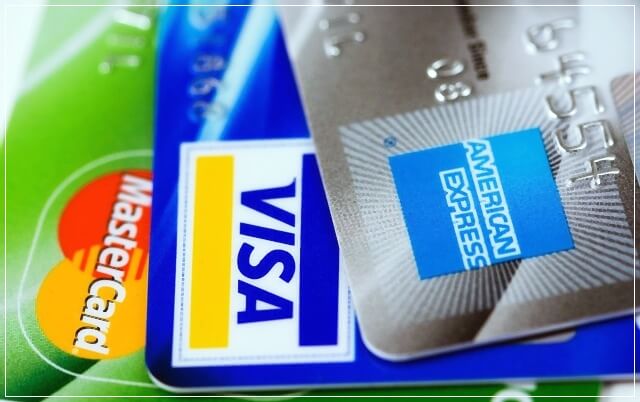Blog: What are the technical details of plastic payment cards used in banking?

Plastic credit and debit cards are widely used today as a convenient means of payment for goods and services. In particular, bank plastic payment cards have become an essential part of modern banking, allowing customers to access their funds and conduct financial transactions with ease. In this article, we will explore the technical details of bank plastic credit cards, including their construction, security features, and functionality.
Construction of Bank Plastic Cards:
Bank debit or credit cards are typically made of PVC, which is a type of plastic that is strong, flexible, and durable. PVC can be easily molded into the desired shape and size, making it an ideal material for producing credit and debit cards. Bank cards can be issued in various shapes and sizes, depending on the bank's preference and the card's intended use. The most common shape is rectangular, with rounded corners, and standard dimensions of 85.60 mm × 53.98 mm (3.370 in × 2.125 in).
The front of the card typically displays the bank's logo, the cardholder's name, and a unique 16-digit card number. The card number is essential for identifying the card and linking it to the cardholder's bank account. Additionally, the card may display the card's expiration date, the cardholder's signature, and a hologram, which is a security feature that helps prevent counterfeit cards from being produced.
On the back of the card, there is typically a magnetic stripe, a signature panel, and a card verification value (CVV) or card security code (CSC). The magnetic stripe contains encoded information about the card, such as the card number, expiration date, and cardholder's name. When the card is swiped at a payment terminal, the magnetic stripe is read by the terminal, and the information is transmitted to the bank for verification.
Security Features of Bank Plastic Cards:
Bank plastic cards are designed with various security features to prevent fraud and protect the cardholder's funds. Some of these features include:
-
Chip Technology: Many bank cards now come with an embedded microchip that generates a unique transaction code for each transaction. This technology makes it more difficult for fraudsters to steal the card's information and use it to make unauthorized purchases.
-
CVV or CSC: The card verification value or card security code is a three- or four-digit code printed on the back of the card. This code is used to verify that the person making the transaction has physical access to the card.
-
Hologram: A hologram is a three-dimensional image that is visible when the card is tilted. The hologram is difficult to replicate, making it an effective way to prevent counterfeit cards from being produced.
-
PIN: Personal identification numbers (PINs) are used to verify the cardholder's identity when making a transaction. The PIN is a four- to six-digit number that is entered by the cardholder at the point of sale or ATM.
You can also take a look at our credit card generator with money tool related to this article.
Functionality of Bank Plastic Cards:
Bank plastic cards can be used for various types of transactions, including:
-
Point of Sale (POS) Transactions: Bank plastic cards can be used to make purchases at retail locations that accept electronic payments. The card is swiped or inserted into a payment terminal, and the transaction is authorized by the bank.
-
ATM Withdrawals: Bank plastic cards can be used to withdraw cash from automated teller machines (ATMs). The cardholder must enter their PIN to access their funds.
-
Online Transactions: Bank plastic cards can be used to make purchases online. The cardholder must enter their card information, including the card number and CVV, to complete the transaction.
Conclusion:
In conclusion, plastic banking cards are an essential part of modern banking, allowing customers to access their funds and conduct financial transactions with ease. The construction, security features, and functionality.